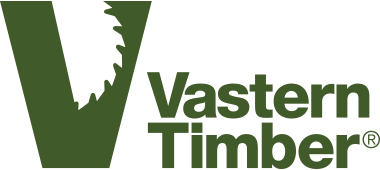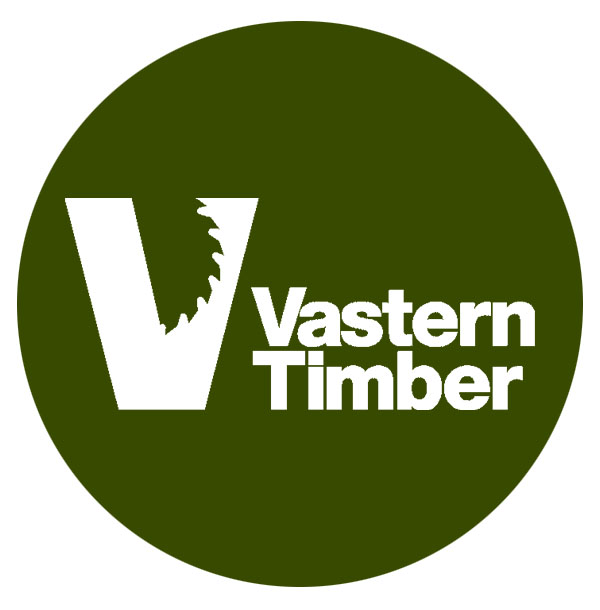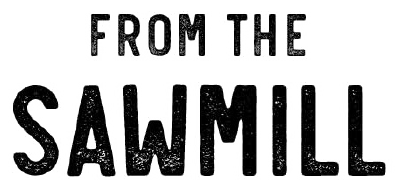Halflap Cladding
Choose from a wide range of halflap cladding profiles, in a selection of board widths, suitable for both vertical and horizontal installation. Larch and cedar halflap cladding are popular for contemporary building designs.
Code
VHL
Style
Contemporary
Species
All dry wood species
Orientation
Horizontal / Vertical

Halflap Brimstone Ash

Halflap Canadian Cedar

Halflap Cladding

Halflap Cladding
What is Halflap Cladding?
Halflap cladding is a machined profile supplied with a smooth finish and an overlapping edge detail to create a waterproof façade. We offer halflap cladding in larch, cedar and all other dry timber species.
The halflap profile creates a clean linear appearance, ideal for contemporary new-builds and modern extensions to older properties. Halflap cladding can be fixed vertically or horizontally, although care should be taken to select the correct profile.
Our extensive range of halflap profiles offers a choice of board widths and edge details to suit specific design requirements. The varying lap sizes create a shadow gap from 2mm to 11mm.
Call us to discuss your project
Specification
Halflap Cladding from Vastern Timber
Supplied by Vastern Timber sales@vastern.co.uk
- VHL1 – VHL11
- Thickness of 20mm
- Widths of 70mm, 95mm, 120mm, 145mm
- Random lengths 1.8mt – 3.5mt+
- Available in various species
- Supplied uncoated. No treatment required.
Species
| Available in |
|
Dimensions
| Length |
Random lengths from 1.8mt – 3.5mt+ depending on specie |
|||||||||||||||
| Dimensions |
|
Profiles











Installation
How to fix
Halflap cladding is fixed through the face of the board either by hand or with a nail gun. We don’t recommend first fix nail guns because the effect can be a bit untidy but it does work and it is quick.
Because cedar and Brimstone are stable, we recommend installing these with a second fix nail gun. This method is quick and almost invisible.
Begin at the bottom (or the corner if installing vertically), ensuring that the first board is level or straight. Orientate the board so that the shadow gap is facing you and lap that is adjacent to the wall is pointing in the direction of progression.
It is important to include an expansion gap of 2mm between boards.
Hand nailing or first fix nail gun through the face
Insert a single 50mm stainless steel nail located 25 – 30mm above the lower lap. Pre-drill if hand nailing.
Second fix nail gun
(This method is only for Cedar and Brimstone!)
Insert one 50mm stainless brad nail through the lap and one through the face 25 – 30mm above the lower lap. Put the nails in at opposing angles.


Batten type
Treated softwood. 35mm thick x 50mm wide
Batten spacing
400 – 600mm
Nail type
50mm Stainless steel ring shank nail for hand nailing or first fix gun.
50mm Stainless steel brad nail for second fix nail gun.
When to fix
Year round. Ideally September to March
Disclaimer
While the utmost care has been taken to provide accurate information, Vastern Timber shall not be held responsible for any consequences arising from any errors or omissions on this website nor for any damages resulting from the use of the information.







